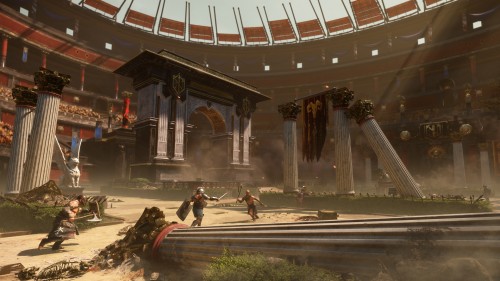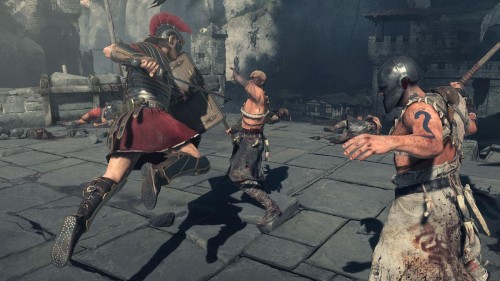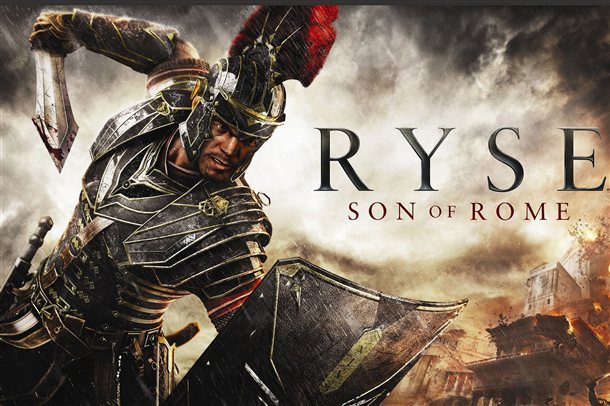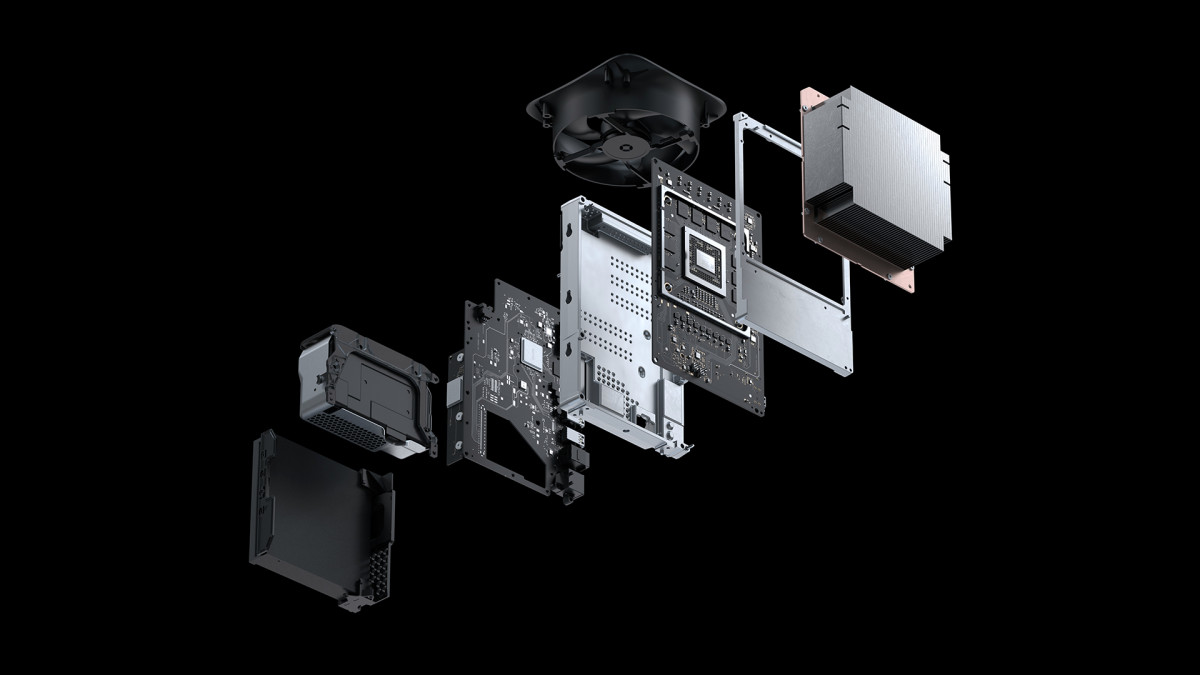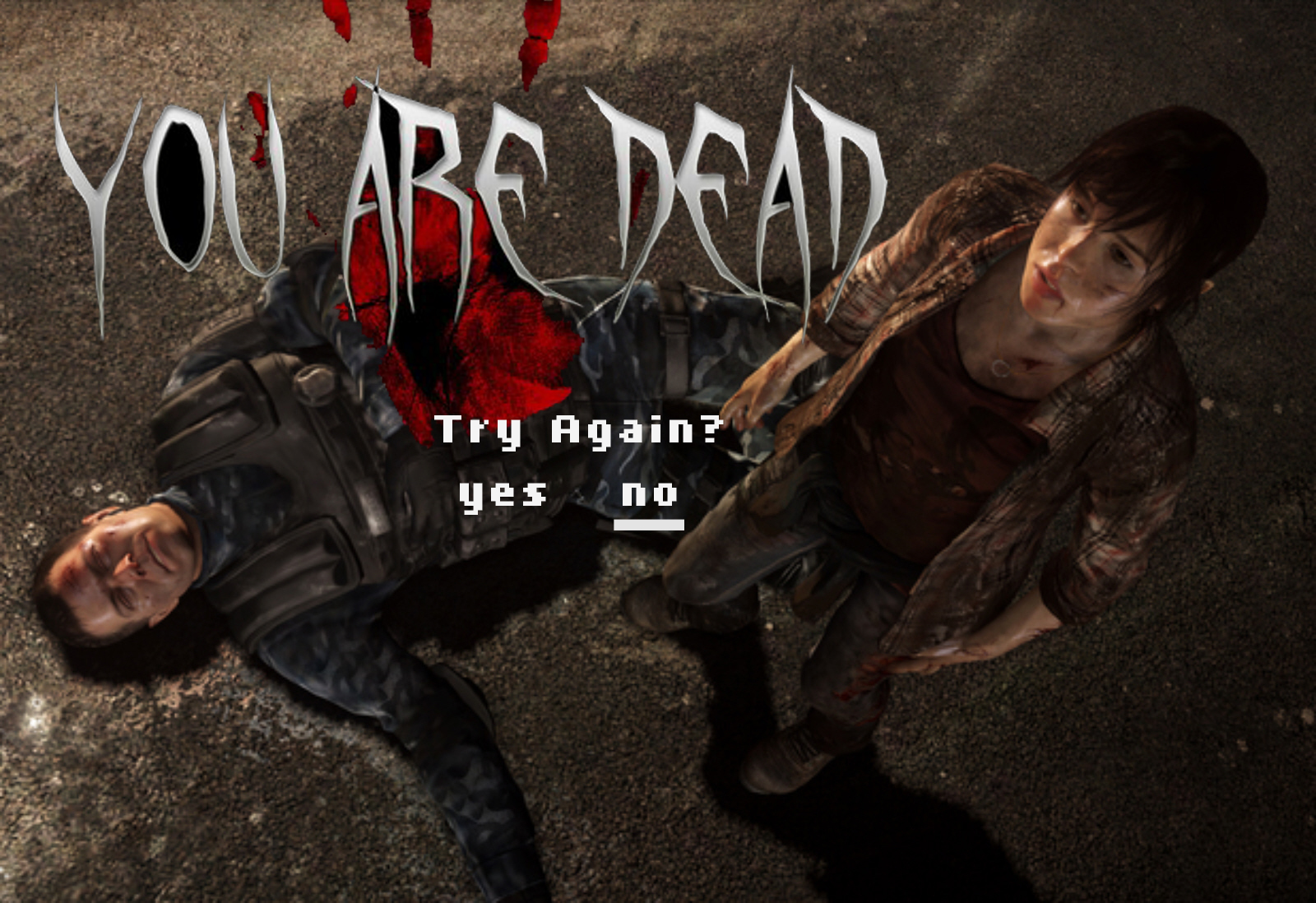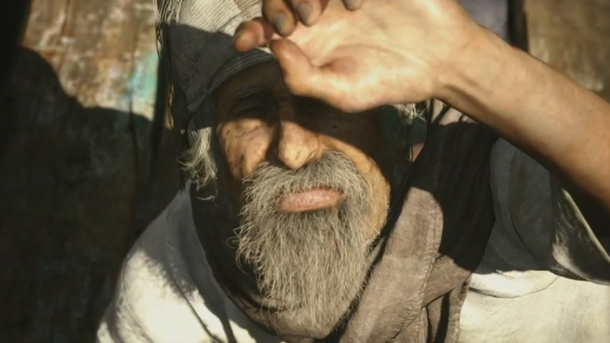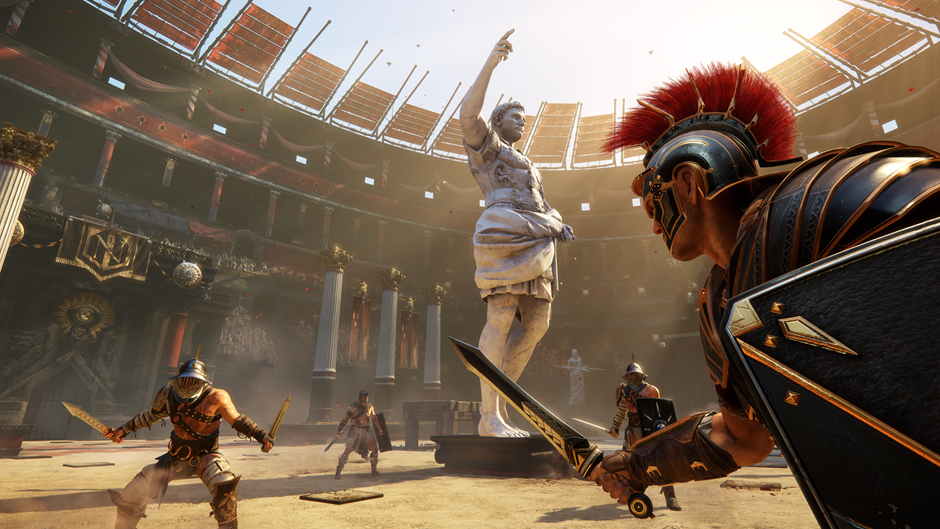
Ryse is the quintessential launch game for the new generation, for better and worse. Despite a protracted seven-year development cycle (as cited in the closing credits), which included an initial reveal as a 360 Kinect-exclusive title, the end product feels simultaneously well-developed and rushed. It’s likely that assets and design elements from earlier builds were re-used and re-purposed and strung together with a combat system that’s ‘good enough’ to get the game out for the Xbox One launch. Yet, a lot of those elements are genuinely really cool.
Ryse tells a fairly basic story of Roman legionary Marius (older brother of Luigus), whose family is killed by barbarians which spurs him into a revenge-quest with the Fourteenth Legion to England. Simple and bombastic, plot elements are overplayed and exaggerated to n’th degree. The game isn’t big on historical accuracy either, with Emperor Nero portrayed as an aging fat-cat banker (when in reality he died at 30), and the British at one point storming city gates on the backs of war elephants.
If you’ve seen the screenshots or gameplay footage, you know the real selling point are the visuals. While the best action is kept to the pre-rendered cutscene videos (however, no doubt made using the impressive in-game assets), the detail and scale of most of the environments is impressive. However it’s the way little things are pulled off, like the way the light strikes Rome on a sunny day, or the ash-clouds rising from a sinking vessel, which really help sell the environments.
More than the technical effort, the creativity on display is what makes Ryse more memorable than you would expect. Once you free yourself from expecting historical accuracy, the situations Crytek devise for Marius to fight through are epic and inventive. You’ll storm the cliffs of Dover with a Roman naval fleet, before taking down a primitive cult’s towering blazing Wicker Man, and even entering into gladiatorial games at the Coliseum, with an improbably ever-changing environment. Clearly, cool ideas are not the issue with the game.
What has irked many, even since the game’s initial showings, is the basic combat centered largely around QTE-style executions. And it does get repetitive. Your three main attacks are a basic sword stab, shield bash and counter, and that’s your lot for the entire game. On occasion, you can find pila (spears) strewn about to throw at enemies, but that’s pretty much it. There are no other weapons, no special moves and no major changes in strategy needed. You can build up a focus bar for bullet-time style powers, which once unlocked make most battles a breeze.
The game obviously pushes its execution as one of its main features, but it’s really one of the least interesting parts. Sure, the first couple of times you lop off an arm you’ll ‘ooo’ and ‘aah’, but the majority of these takedowns involve relatively gore-less stabs, emitting streams of blood rather than injuries. They’re also ridiculously easy to perform – once you get an enemy down to a certain level of health, you need only hit the right button to initiate, then watch the animation. Simple prompts do appear to hit X or Y, but if you miss them all it affects is how much experience you receive.
You can upgrade Marius in several ways, mostly in the form of slight health and stat boosts. A suite of different executions can be unlocked, but they don’t seem to majorly affect gameplay, only provide cool animations. The way you collect experience (or ‘valour’) itself is actually pretty rad. On the D-pad, you can choose whether executions can regain your health, your focus, buff your damage or increase your experience received. This is the only way for you to recover health, which adds a smidge of strategy into otherwise mindless combat – do you sacrifice experience boosts for health, or do you really need to build up that focus bar?
There are occasionally small distractions from the combat grind, such as scorpio (turret) defense sections, and times when you can lead your legionaries in formation to break through enemy lines. Both aren’t incredibly well-developed, and in fact the formation sections only let you move in one direction – forward. Kinect voice commands are implemented to order your troops to fire on enemies or take certain positions, but can only be used when prompted on-screen (and can also be activated by a button press, making them largely pointless). A multiplayer mode is featured where you can also gain experience to rank up Marius, allowing you to choose certain buffs and take on the Coliseum with friends, but it’s not as fleshed-out an experience as the campaign.
I certainly don’t think Ryse deserves quite the ribbing it’s been getting from critics – it’s certainly no pinnacle of unique gameplay, but it does have a lot of creativity behind its design. If it were released midway through Xbox One’s life cycle rather than at launch, then it probably wouldn’t leave much of an impression, but then again if it was released mid-cycle it would probably not have been rushed, and might have been able to capitalize on its strongest aspects. The best thing I can say about Ryse for now is that I think the inevitable sequel has a chance to be genuinely awesome – for now, Ryse will suffice as the best tech demo for Xbox One available, with a decent game to back it up.
Fantastic visuals | Creative environments | Cool ideas
Repetitive gameplay | Pointless Kinect commands | Average combat

